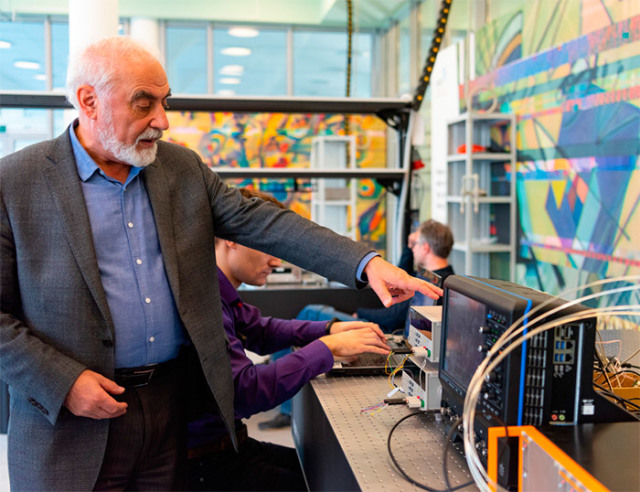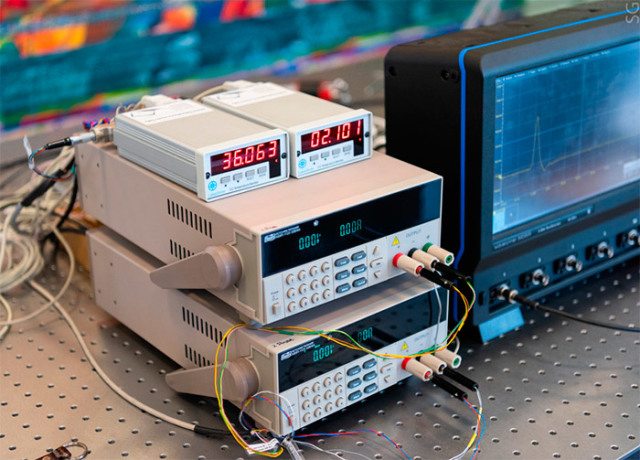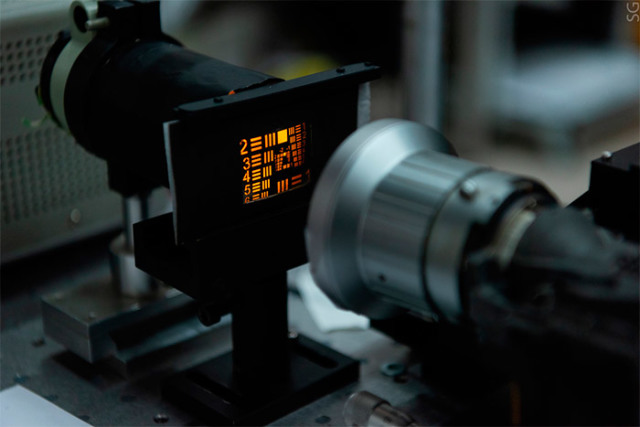A team of scientists from the NTI Quantum communications Center at nust MISIS is developing the world's first prototype of an infrared photon video detector - a camera so powerful that it can "see" the movement of single particles of such radiation. The camera will be equipped with a 1000-pixel matrix, and such a system will be used in a number of areas where high-precision measurements are required: secure communications, including satellite, quantum computing, and diagnostic medicine.
A photon is an elementary quantum particle of electromagnetic radiation or, in other words, light. Just as important and diverse functions are performed by the radiation of a particular spectrum, so interesting applications can be found for single photons of this radiation. For example, if you can track individual quanta of infrared light, you can significantly improve the security of communication lines and the accuracy of measuring devices.
This idea is not new - the first attempts to detect photons" piece by piece " were made at the beginning of the XX century on electronic lamps-photoelectronic multipliers. However, the first devices, due to the weak technological component, worked slowly, sometimes did not work, and sometimes they worked falsely. Then there were semiconductor devices-avalanche photodiodes, which worked better, but only with visible light.
A significant breakthrough in infrared occurred in early 2000-ies, when the team of a Russian physicist, chief researcher at the laboratory of "Quantum communications" Center of STI nust "Misa", the founder of the company "Kontel" Gregory Goltsman, founded the company "Kontel", created a single-pixel single-photon detector in the superconductors.
Currently, as part of the NTI Quantum communications Center at nust MISIS, the team is developing a 1000-pixel single photon video detector. The device, which has no analogues in the world, will not only detect particles, but also get an image in almost complete darkness. At the moment, the first stage has been completed and 8 pixels have been created. According to scientists, this number already allows you to understand and control the principles of the matrix, the further question is in scaling.
Our next future step is to get an image of 1,000,000 pixels from a matrix of 1000 pixels. You can "open" one pixel at a time, like in old TVs, but it will be very slow. Therefore, to further scale the resulting image, it is passed through special patterns.
The final device will be used in the most high-tech areas: in the creation of secure quantum communication lines, including satellite communication channels, in the design of a quantum computer based on photons, as well as in diagnostic medical devices.
The development is being carried out under a state contract for the implementation of ROC by the order of the Ministry of industry and trade of the Russian Federation.




